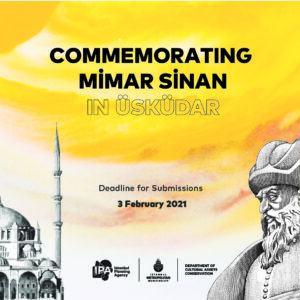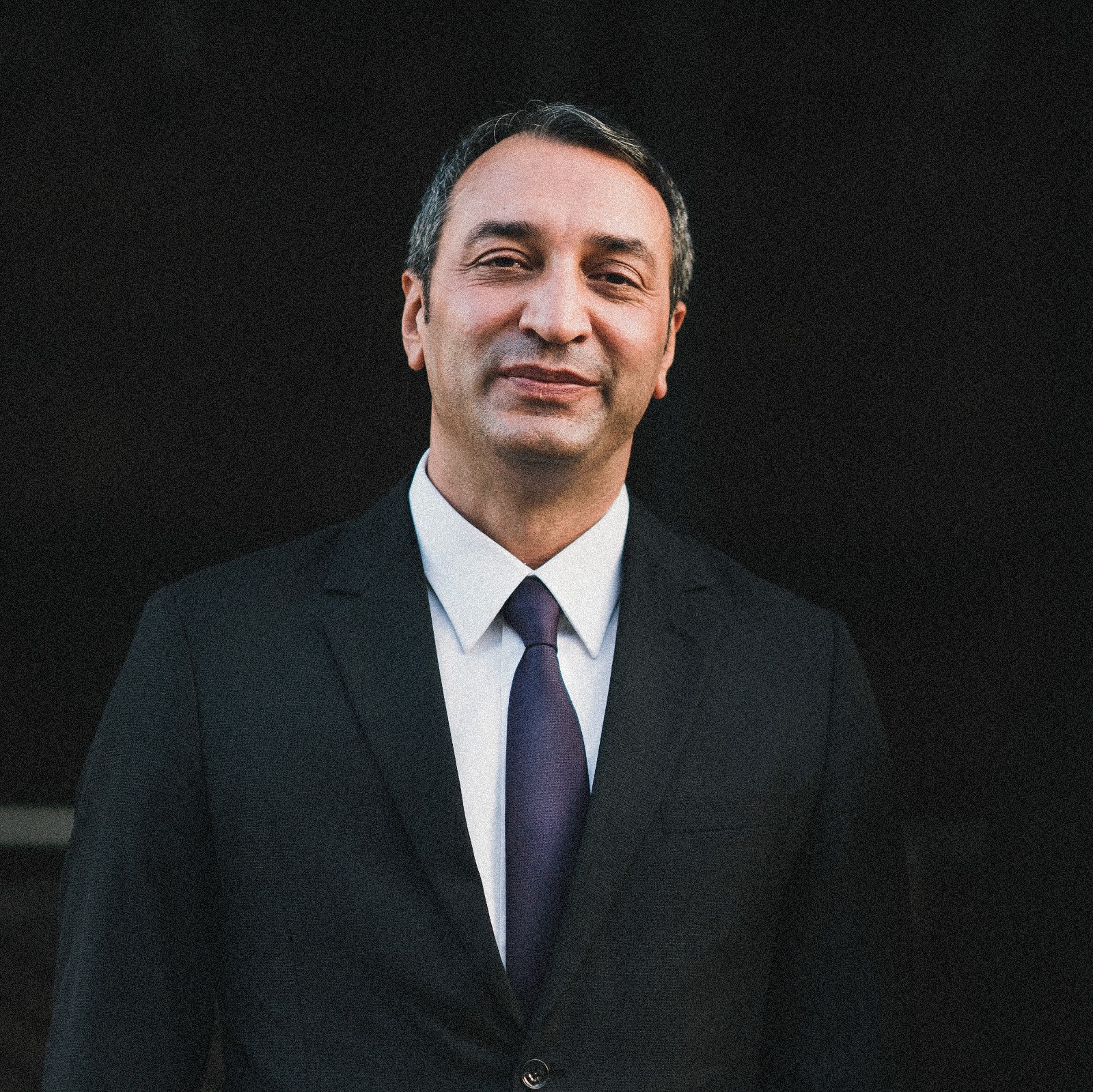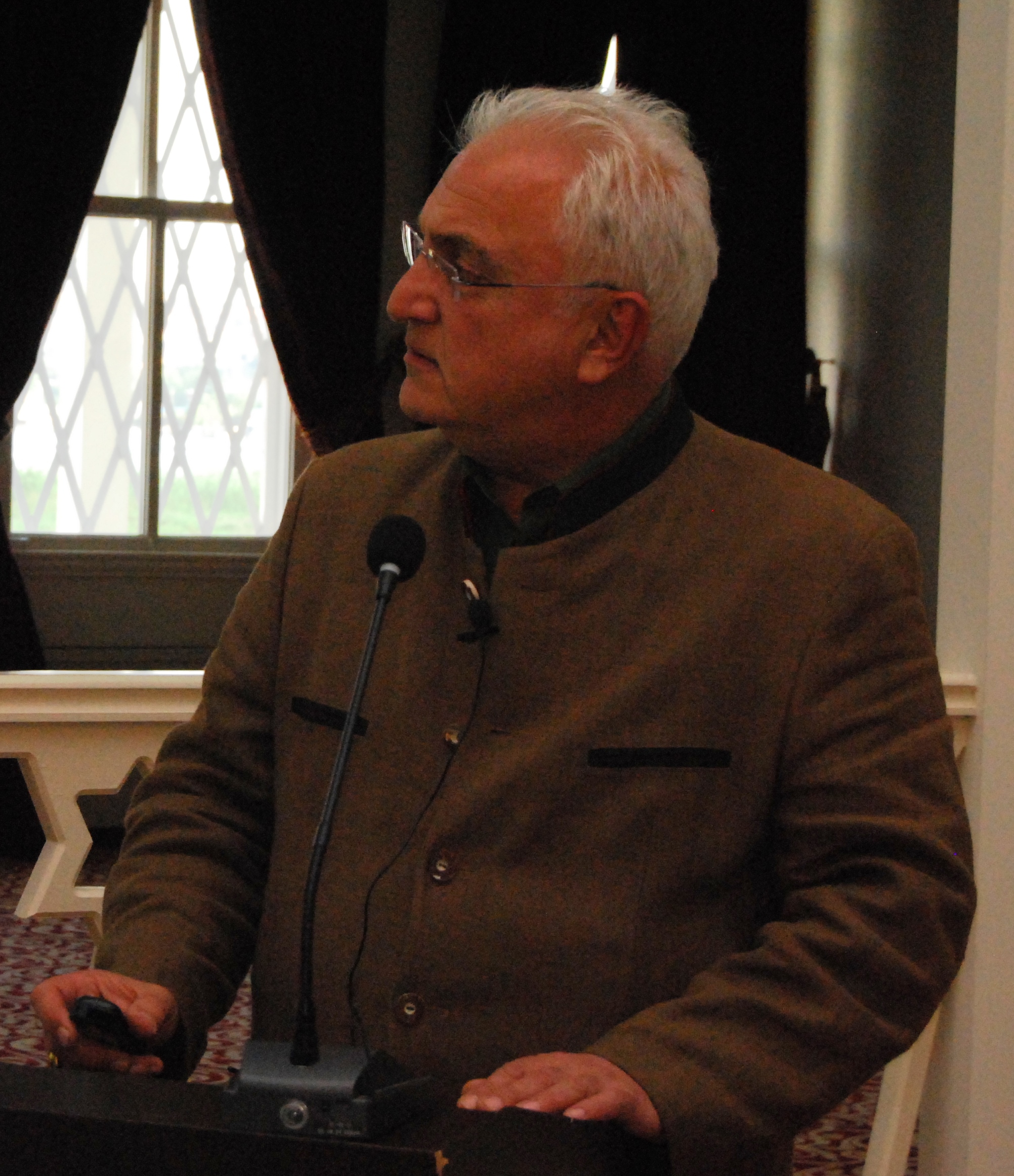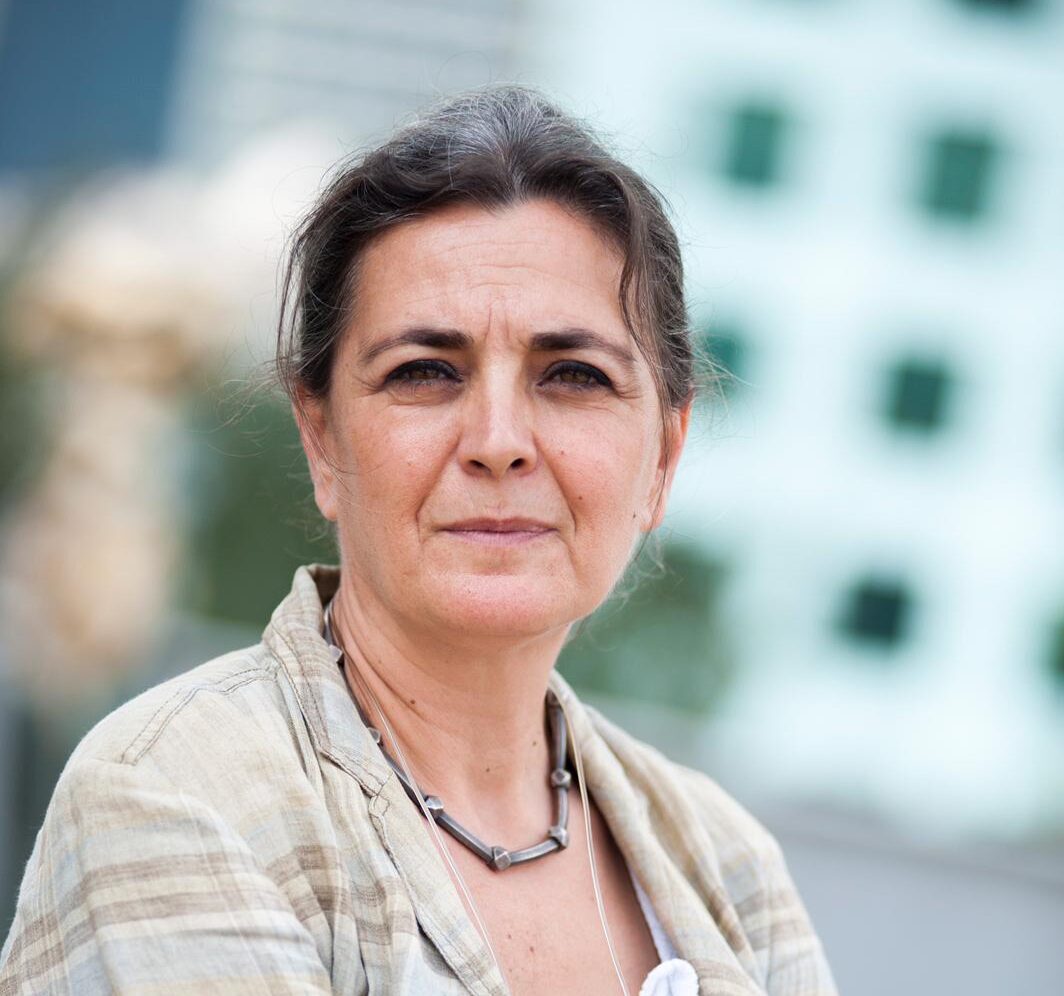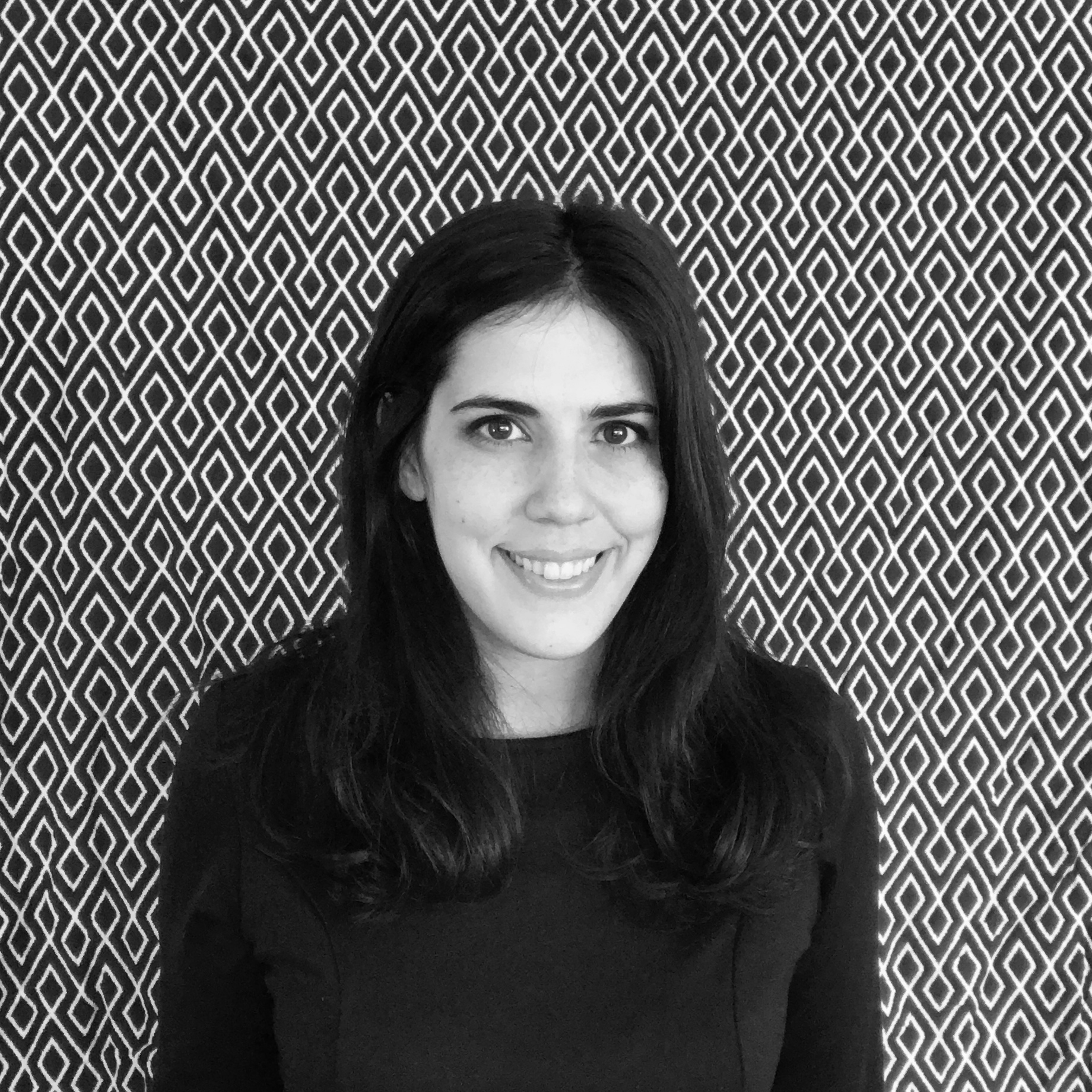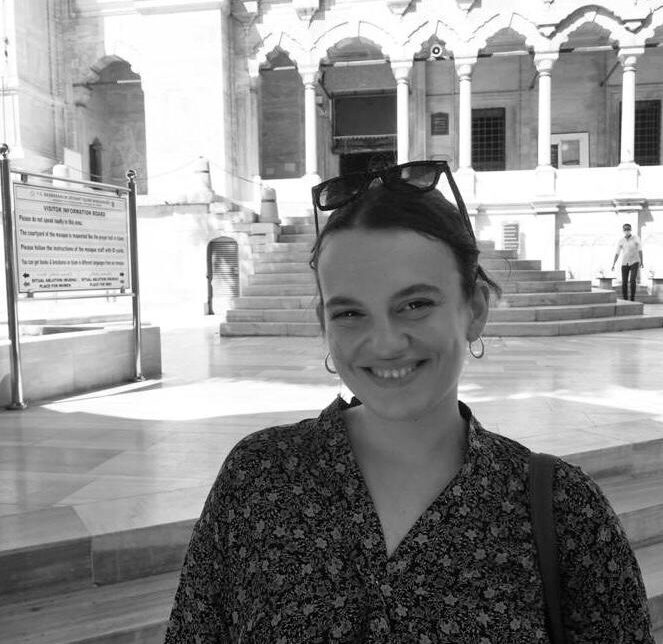Üsküdar has the rare honour across all former Ottoman lands of being home to two highly-important Sinan külliye/complexes at a distance of no more than 300 metres to each other. Şemsi Ahmet Paşa Camisi (1580) to the West, and Mihrimah Sultan İskele Camisi (1547) to the east, continue to be the most dominant elements in the topography and silhouette of the neighbourhood even five centuries after their construction. The modest Sinan hamam/bath, today known as the Mimar Sinan Market, approximately 300 metres away and located to the south, could also be added to them. The three of them, together, form a “Sinan Triangle” that provides the structure of the historical centre of the neighbourhood. Besides, it must be stated that the sea can be described as both a historical and contemporary given that defines the base of this semi-millennial triangle.
Despite such importance, Üsküdar is among the most problematic of Istanbul’s coastal squares. The square operates as a highly busy transport hub, yet rather than being alleviated, its load is constantly increasing. New commercial buildings, ports, public bus, shared taxi and private taxi stops, and most recently, the railsystem transfer centre are among the most dominant contemporary components of the square. The public transport load of the square was reduced to some extent with the recent transfer of the public bus main departure terminal to Harem, however, Üsküdar Square, at present, remains more a traffic hub than a public square. It is known that the square served as a transport focal point even in the 16th century, and this function of the square is not expected to change in the near future either. Üsküdar continues to be, along with Kadıköy, one of the two central points where the Asian side of the city is connected to its European side.
Istanbul Metropolitan Municipality is now carrying out an initiative that aims to relieve the tension between the historical and contemporary elements, as outlined in the paragraph above, of this highly important focal point of the city. The tension is between the current technical role of the square and the neighbourhood, defined by contemporary obligations and necessities; and its architectural past formed by the “Sinan Triangle” and other historical monuments that define its historical identity. This is, no doubt, understandable for a living, growing metropolis. However, it is also an unescapable duty to bring peaceful order to the contradictory and chaotic state of the square. In order to relieve this tension, the local administration envisions an initiative focusing on the intersection of art-design-architecture. Thus, the departure point here is the idea that contemporary aesthetic practices are to be used not to “adorn and embellish” the city, but to bring solutions to its current, real needs.
For this end, a commemorative space is to be designed within and close to the area defined by the “Sinan Triangle” outlined above, in order to show respect to the outstanding elements of the architectural identity of the neighbourhood, and the architect that created them. The aim of the competition is to shape the project that will organize this space with the highest possible participation. Therefore, the neighbourhood’s historical identity and its contemporary urban role will be rendered, to some extent, harmonious, and in doing that, a space of respect will be designed for the most important Ottoman architect of all time. Therefore, it is expected that a dialogue is established between site and history. The aim is not to build one more Sinan monument.
What is expected of the competitors is to create a project for a commemorative space / element / square / structure / art form that will be located within the roughly-defined borders of the “Sinan Triangle”. However, it is also expected that all current givens in this area, including a high number of historical and contemporary structures, are protected and taken into consideration in the new design. A significant portion of these structures are historical buildings and therefore, any intervention is out of the question. The existing, new urban elements, the location and/or existence of which need to be protected include sea transportation ports, Marmaray and underground station entrances, the physical borders of the road network and the sea-land intersection/border.
What is expected of the competitors is to design, within the outlines defined above, at a location of their choice and within a scope and characteristics of their vision, a “Mimar Sinan Commemorative Space”. For this end, they may select a single location or locations as long as they remain within the area defined above. In other words, contestants may select more than one location in dialogue with one another, or, a single point.
Tools, media and techniques to be used in design interventions to be carried out at the selected location or locations are left entirely to the choice of competitors. Constructional elements may be used, however, any of the now highly-diversified tools used across the contemporary art world may also be applied. In the broadest sense, it is left to the competitors to resort to tools including architectural and/or sculptural elements, sound, light, typography or objects of pictorial representation. The scale of the intervention to be carried out on site is, again, left to the choice of the competitors. The only potential obstacle to such interventions are criterion of common sense that necessitate the consideraiton of environmental givens.
Due to the broad boundaries of the competition topic both in terms of dimension and content, professional restrictions for participation in the competition have been largely set aside.
Ultimately, the project subject to competition, rather than adding a further, familiar monument dedicated to Üsküdar, its history, architecture and values, and to Sinan, aims to create a “space of remembrance” that will define them all as “living” phenomena for the contemporary world. The competition envisions not to revive, sanctify or visualize the past and the characters of the past, but to bring together the historical and the contemporary in a living metropolis.
ADVISORY PANEL
PRINCIPAL JURY PANEL
SUBSTITUTE JURY PANEL
RAPPORTEURS

Following the public announcement of the results, the prizes and mentions above will be paid to winners within 30 days at the latest, in compliance with the Article 29 of the Income Tax Law No. 193
STATISTICS
- Number of Applications: 86
- Number of Projects Delivered: 79
- Number of Participants:
- Number of Panels: 79
- Total Number of Prizes: 8
- Total Amount of Prizes: 110.000 TL
- Number of Colloquium Participants: 85
- Competition Area m²: 225.000
